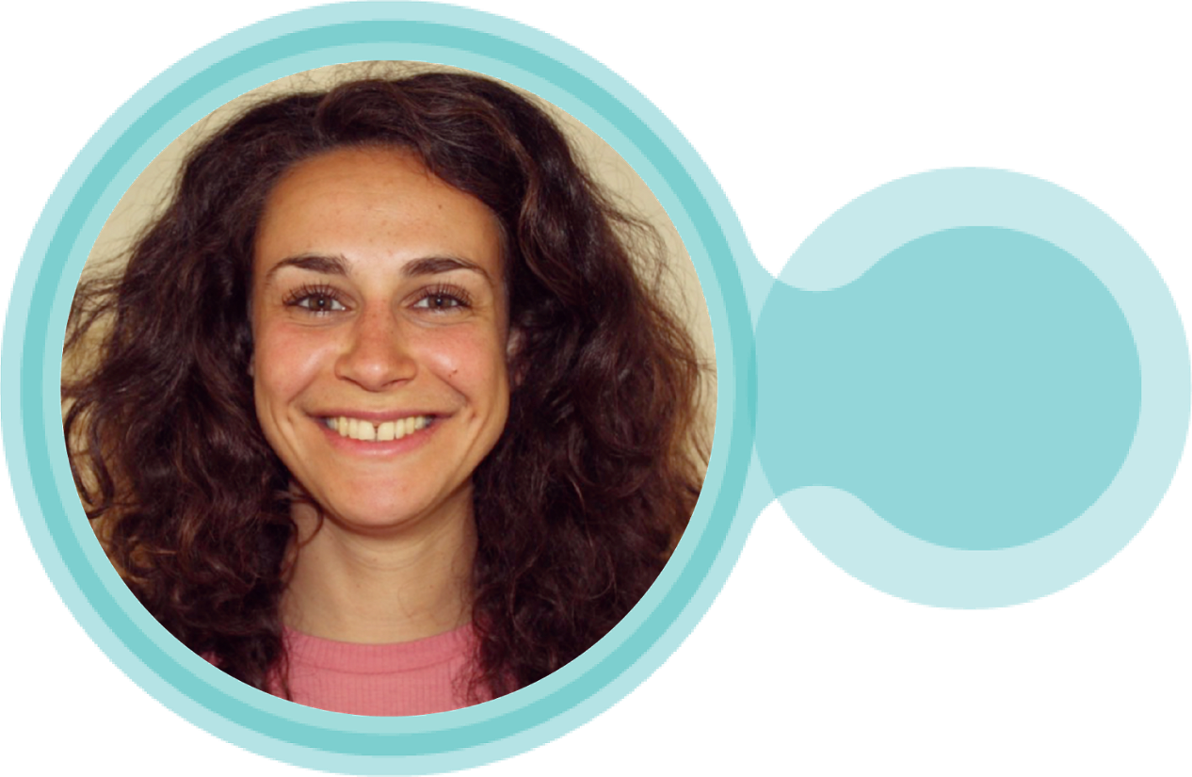We are delighted to announce the upcoming Ph.D. defense of our colleague, Sabrina Chettouf, as she presents her thesis titled: "One Hand, Two Hemispheres – Bilateral Control of Unimanual Movements". Scheduled on Friday, April 12, 2024, at 13:45, at the Vrije Universiteit Amsterdam in the Netherlands, this event marks a significant milestone in Sabrina's academic journey.
This project has been under the guidance of Prof. Petra Ritter together with Prof. Andreas Daffertshofer at the Coordination Dynamics research group at VU Amsterdam.
Thesis Abstract
Writing, picking up a coffee cup and scratching your head are everyday skills that we perform without thinking about it. To generate and control these movements, a finetuned interplay of activities in the sensorimotor network is needed, even if only one hand is involved. Many textbooks report that movements with the right hand are characterized by activation in the left hemisphere and vice versa. We know that even simple unimanual movements rely on the recruitment of multiple brain areas that are not necessarily limited to the contralateral hemisphere. With my thesis I aimed to improve our understanding of how the neural control of unimanual movements is implemented by motor areas in both the left and right hemisphere. Central to my experimental assessments was the idea that unimanual movements trigger activation in both left and right primary motor cortices (M1s), but that the asymmetry arises through an inhibition of the M1 ipsilateral to the end-effector that is intended to move. By this inhibition, the activation of the homologous end-effector can be prevented. Chapter 1 introduces this model of effective interhemispheric inhibition. Chapter 2 provides a systematic review targeting the current knowledge about bilateral activation patterns in the human cortex during unimanual movements. This revealed that unimanual movements involve bi-hemispheric activations that largely resemble the bilateral pattern typically observed during bimanual movements. For unimanual movements, the activation in the ipsilateral hemisphere arguably entails processes that serve to suppress interhemispheric crosstalk. It turns out that independent of the type of task and the end-effector involved, the left (pre)motor areas have a pivotal role in more complex motor tasks. In Chapter 3 I investigated whether the bilateral activation pattern is altered by the degree of motor timing requirements, a proxy of task complexity. I employed pre-recorded whole-head magnetoencephalography data in a group of healthy participants. There, I compared motor-related β-band activation during the performance of a unimanual force-production task with tactile cues presented in either a regular fashion or with irregular timing. Both cases were accompanied by a bi-hemispheric activation pattern over the motor network. Motor-event-related β-amplitude modulations were found to be stronger in the left (contralateral) compared to the right (ipsilateral) M1 for the condition with increased timing demands. In that condition, I could also observe a stronger decrease in mean beta power in ipsilateral M1 and left prefrontal cortex. In Chapter 4 I compared the brain activity of younger and older participants who learned to perform a rhythmic perceptual motor task with their right hand. I simultaneously monitored electro-physiological changes using whole-head electro-encephalography (EEG) together with metabolic changes using functional magnetic resonance imaging (fMRI). Significantly improved performance appeared in both groups, but quality of performance of the older participants stayed below that of the younger ones. Motor-related EEG β-band beamformers were lateralized towards contralateral regions in both groups, albeit stronger in the young. In both groups, the β-amplitude modulations were found in contralateral M1, albeit more pronounced in the younger group. Our EEG results further show a greater drop in β-power in the older compared to the younger adults, with PM as main region with age-related differences. When using source-reconstructed EEG in contralateral M1 as a regressor for the fMRI-BOLD signals, I could identify positive correlations in M1 and negative correlations in PM during motor performance. In Chapter 5 I summarize the results of my thesis and confirmed that a bilateral network is involved during unimanual movements. This suggests that inhibitory processes are needed to suppress the ipsilateral hemisphere to enable movements with just one hand, as predicted earlier by what I call the model of effective interhemispheric inhibition.
Visit the research portal to access the Ph.D. thesis document.
Celebrating Academic Milestones
As we eagerly await Sabrina's defense, let us come together to celebrate her achievements and the culmination of years of dedication and hard work.
Join us in supporting Sabrina Chettouf as she takes this important step in her academic journey, poised to make significant contributions to the field of neuroscience.
For more details about the Ph.D. graduation event, please visit here
